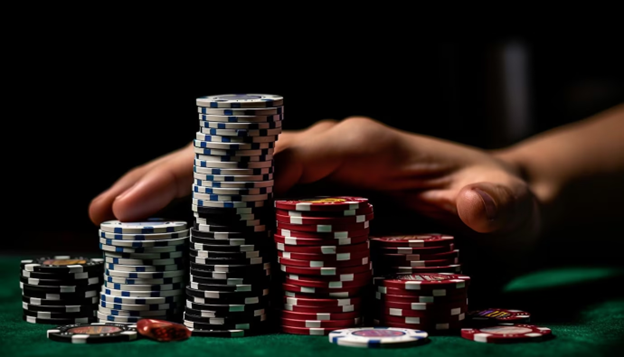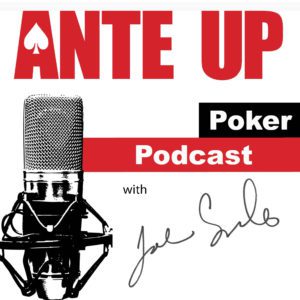There’s a moment—sweaty palms, clenched jaw, a twitch in the left eye—when every poker player meets their nemesis. It’s not the chip leader or the bluffing lunatic across the felt. It’s something more insidious. A silent assassin. A ghost in the mind.
It’s tilt.
The four-letter word that’s blown more bankrolls than bad beats ever could. One minute, you’re smooth sailing, stacking chips like it’s harvest season. The next? You’re chasing losses like a drunk sailor chasing shadows. But here’s the thing: tilt happens. Even to the best of the best. The only difference? The pros don’t crash when the mental waves get rough. They surf.
The Mental Minefield of a Cold Run
Imagine a desert where nothing grows. That’s what a cold streak feels like. Your pocket aces get cracked. You miss every flush draw. The river becomes your personal grim reaper. And as the dust piles up, your inner monologue goes rogue:
Why did I call that?
How did he hit runner-runner again?!
Is the universe actively mocking me?
This is the brain on tilt—a casino carnival of cortisol. But pros? They’ve built firewalls in their minds. Emotional encryption. They know the difference between variance and sabotage. Between misfortune and meltdown.
Even players who enjoy online platforms like Azurslot have to develop nerves of steel. The temptation to spiral after one rough session can be strong, but a steady mindset—and a smooth Azurslot login—is part of staying in control.
Resetting the Compass
So how do they stay zen when the poker gods are dealing wrath instead of winners?
1. The Stoic Shuffle
Phil Galfond once said that detaching from results is essential. The pros practice poker stoicism. It’s not about cold emotion—it’s about strategic stillness. When the cards betray them, they treat the betrayal like weather. Rain falls. The wind howls. But the professional doesn’t yell at the storm. They tighten their hoodie and carry on.
2. The Tactical Timeout
Breaks aren’t weakness. They’re recalibration. A walk. A breath. A moment away from the table to whisper, “I’m not my last hand.” Some top players even have ritual resets. Jungleman meditates. Ivey stares into the void (probably). And some… just eat a banana. Whatever helps you reboot the system.
3. Journaling the Tilt
Yes, some of the sharpest minds in poker keep a tilt diary. After a session, they scribble down the trigger hands, the decisions, the emotional spikes. By externalizing tilt, they shrink it. It becomes a charted beast, not a lurking monster.
From Mental Gym to Final Table
Poker pros train their minds like athletes train their bodies. Visualizations. Breathing techniques. Even sports psychologists are now part of the poker entourage. The goal? Mental muscle memory. So that when chaos comes knocking, they greet it with a smirk and a fold.
A great example is Fedor Holz—who built an empire not just on EV, but on emotional agility. He once said the key is to “accept the variance and love the process.” That’s not a line from a self-help book—it’s the backbone of long-term survival in high-stakes rooms.
Tricks of the Tilt-Tamed Trade
Here are some practical mental hacks the elite players swear by:
- Mantras over Meltdowns: Short, grounding phrases like “next hand” or “I play the long game.”
- The Two-Minute Rule: Feel the emotion for two minutes max. Then: breathe, reboot, refocus.
- Anchor Objects: A lucky coin. A wristband. Something tactile that reminds you of calm during chaos.
- Reframing the Loss: Treat each bad beat as tuition in the university of variance.
Final Hand: Cool is a Weapon
In poker, patience isn’t just a virtue—it’s an edge. The player who remains cool when the cards turn cold is the one who ends up with chips when everyone else is chasing ghosts.
Tilt will come. That’s a given. But like any storm, it passes. And when it does, the pros? They’re still standing. Still calculating. Still dangerous.
Because when the cards go cold, the mind must stay warm.
And that’s how legends are made—one calm fold at a time.




